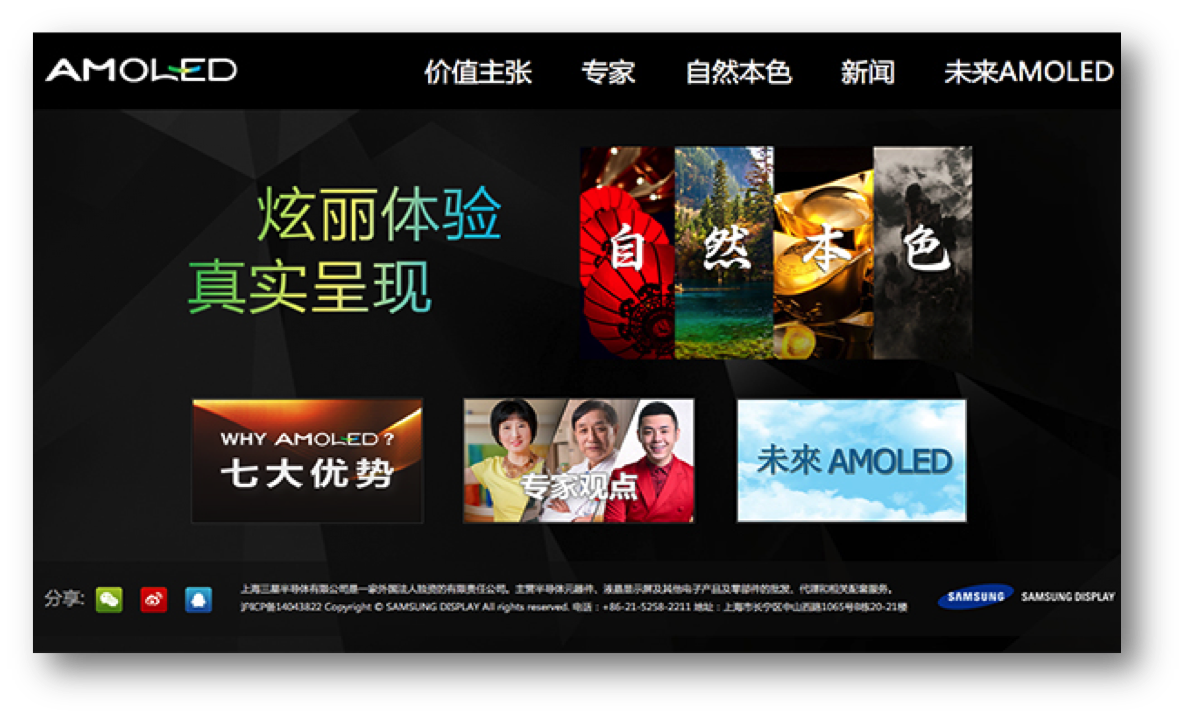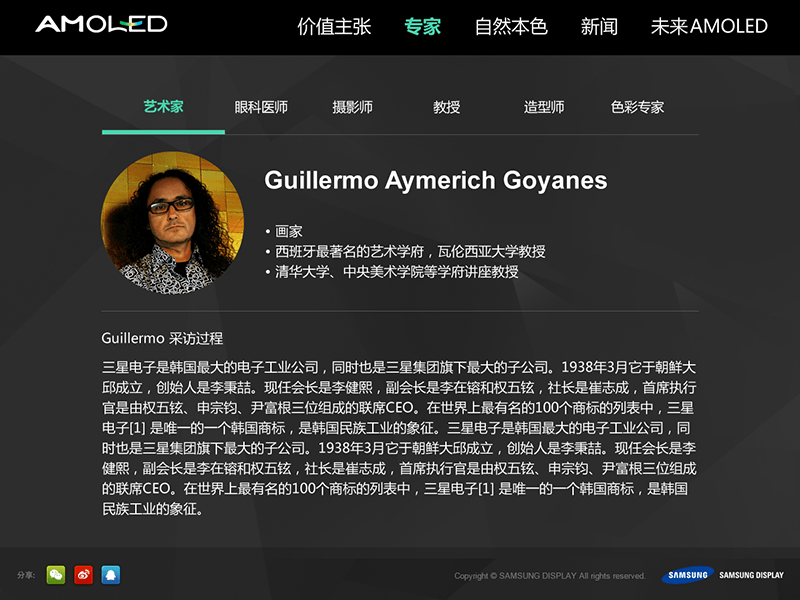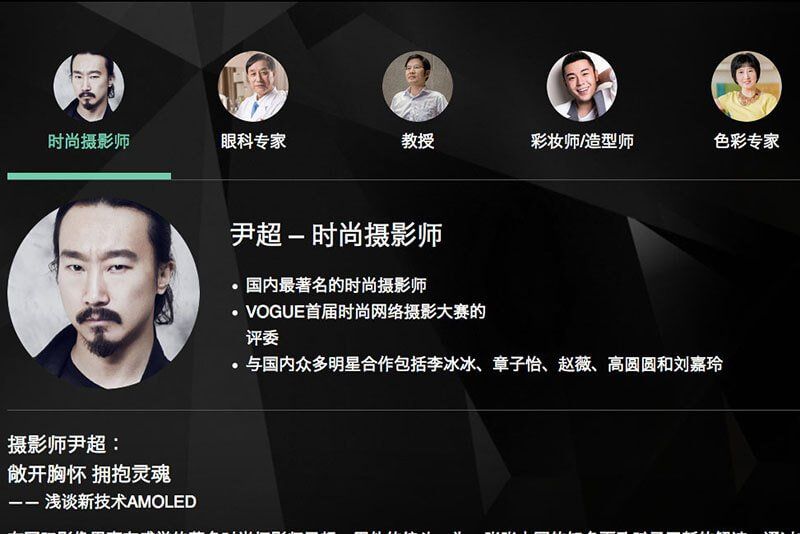Influencer Marketing for B2B – Samsung’s Successful China KOL Campaign
If you’ve been keeping your finger to the pulse of China marketing, chances are you’ve heard about KOLs (Key Opinion Leaders, aka influencers). The buzz is not unfounded, and if you’re looking to amplify your content and create brand awareness using an “influencer” with an engaged following is one of the most popular marketing tactics in China and around the world.
If you are new to the world of KOL’s don’t worry, we have plenty of resources to catch you up. You can start by watching our CMO’s Guide to China Marketing: KOLs and Influencers video or read through our China KOL marketing blogs: The CMO’s Guide to China: KOL Marketing.
The KPIs of KOLs – in which we take a look at how you can measure the success of your KOL marketing activity as part of your China marketing strategy.
Whose Opinion Counts? – in which we looked at some of the legitimacy challenges KOLs need to address to show their value to the marketing industry and justify their costs.
KOLs in China are extremely powerful, and for a number of reasons have reshaped the consumer journey in the past few years. More and more, people turn to their favorite blogger, or fashion icon to receive information about the hottest products, the most reliable brands and the best deals. Many people search for product information through eCommerce platforms or social media apps, instead of going to the brand website or searching on Baidu.
KOLs have impacted the ways in which brands communicate with consumers, and how people go about getting information.
So what does this mean for B2B?
We’ve written about this before, but how many B2B KOLs do you see writing about office paper or brake fluid? Probably not many. So how do you use one of the most buzzed-about marketing trends to reach key decision-makers?
Brandigo helped client Samsung develop an integrated digital marketing campaign to build awareness around their new AMOLED screen technology.

We did this using KOLs, but with a B2B twist.
Samsung needed to reach technology enthusiasts and early adopters interested in better screen technology that affects color, in order to influence mobile phone manufacturers to integrate the Samsung AMOLED technology into their devices. This is an example of a “pull” marketing strategy.
Who can communicate the benefits of a better screen technology that affects color?

We worked with a range of industry experts from ophthalmologists, photographers, fashion designers, colorists, and make-up artists who were interviewed to discuss their experience and know-how regarding the benefits of the new AMOLED technology, and how the benefits of this technology could impact themselves and their industries.


These experts were able to illustrate, through their own expertise and experiences, how better screens are good for your eyes, provide a better experience visually, create a bigger impact, and more.
AMOLED is now known as an attractive feature for interactive devices in China, from phones to watches, and the campaign led to direct deals with Chinese mobile phone manufacturers.
You don’t need to find the hottest TV celebrity to be the poster boy for your new window cleaner. Not only will this blow your budget, but think about who their target audience is, and what they’re really interested in…
Connecting with the right KOL is about more than just the number of fans someone has or their engagement rate – know why their followers are engaged, what specific information do they expect? Do they follow the advice of this KOL?
For B2B look to industry thought leaders; doctors, award recipients, well known public speakers – these are the KOLs that are going to bring value to your brand, and likely be less expensive.






